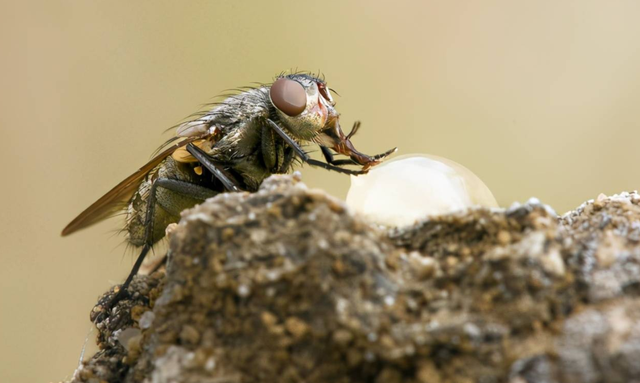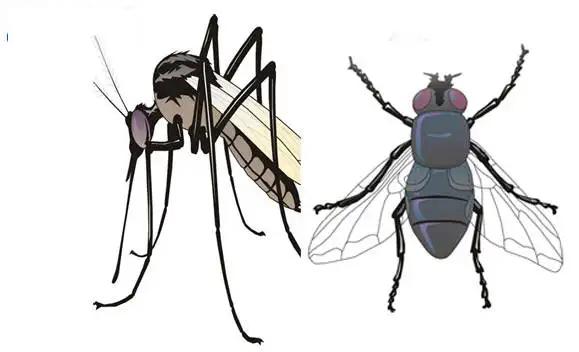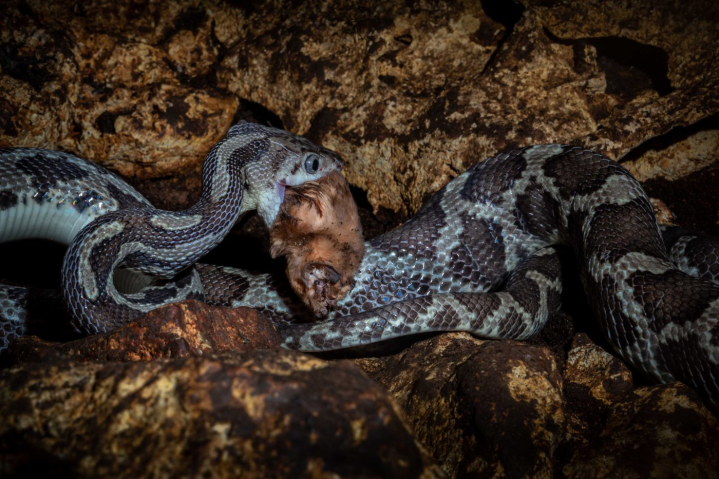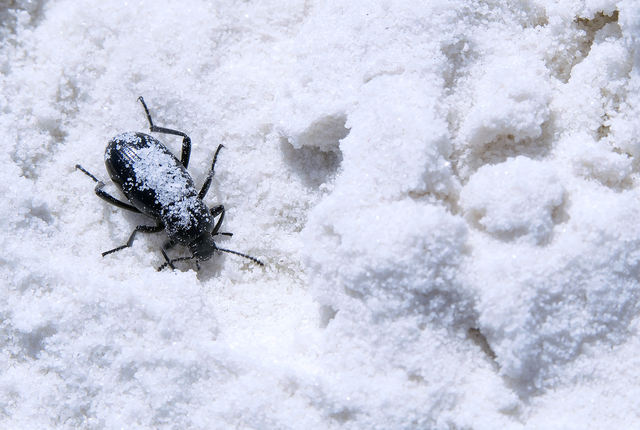- Beauty
The life span of earth's creatures varies, some are very short, some may live up to hundreds of years or even longer, but these creatures have no real ability to live forever, which means that sooner or later there will be a day when life ends. Although there is no way to live forever, but the earth's ecosystem is able to maintain a stable state, continued for billions of years, thanks to these creatures can reproduce offspring, in the reproduction of offspring, it is inevitable that the exchange of genetic information between male and female individuals. Normally, when some organisms die, the act of reproduction does not happen again, but some houseflies are manipulated by fungi and will not stop mating even when they are dead. What is going on here?
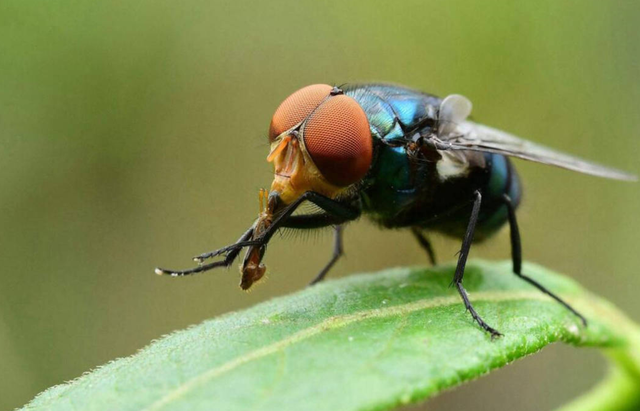
Fungal manipulation of "Zombie flies"
According to a new study published in the isme journal, a team of researchers from the university of copenhagen and the swedish university of agricultural sciences announced the discovery of a fungus, named entomophthora muscae, which is parasitic on female house flies that, after death, are manipulated by the fungus to attract male flies to mate with them. It attracts male flies to mate with dead females, and during the mating process, this fungus is transferred from the females to the males, so that the fungus will continue to survive.
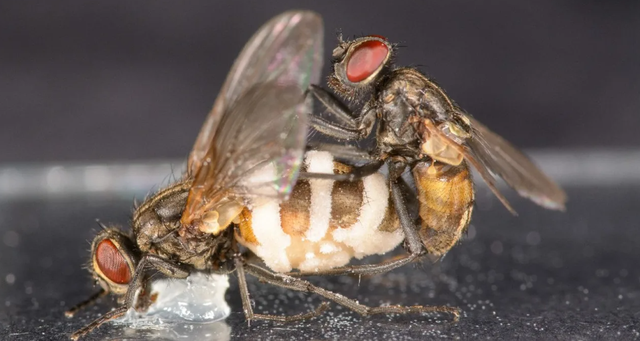
The situation is roughly like this: After 6 days of the female flies being infected by the fungus, the females are manipulated by the fungus and they take over the behavior of the female flies, allowing the infected females to climb to the highest point nearby, after which the females die rapidly. As these fungus-infected flies die, the fungus releases a chemical signal called "Sesquiterpenes".
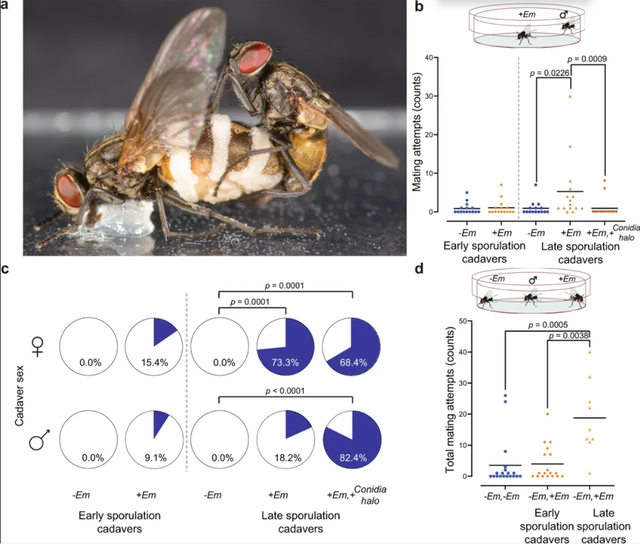
Scientists have found that this chemical signal attracts male flies to the surrounding area, and the attracted males mate with the dead female flies infected by the fungus. As these flies bond, the fungus is transferred from the dead females to the living males, who are also infected with the fungus. The end result is that the male flies will eventually go on to infect other female flies, and then another male fly will be infected, and so on.

To the disgust of the researchers, these male flies actually preferred to bond with females that had been dead longer. The study data showed that about 73% of the male flies would bond with females that had been dead for 25-30 hours, and only about 15% of the males would bond with females that had been dead for 3-8 hours. For this one scenario, the researchers believe that the longer female flies killed by fungal infections die, the greater the spread of these fungi, the more chemical signals they will release, and therefore the more attractive they will be to male flies.
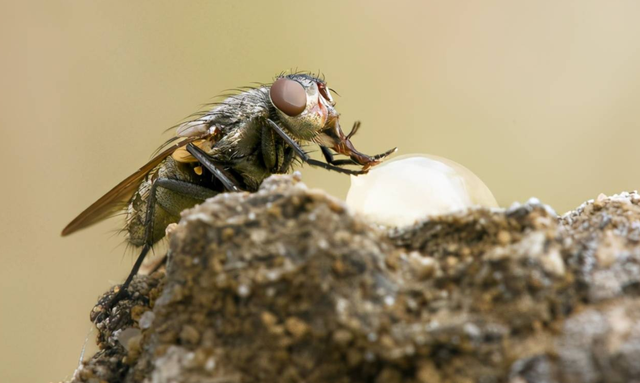
Fungal manipulation of "Zombie cicadas"
A similar situation occurs not only in flies, but also in some cicadas, although it may not be as disgusting in cicadas as in flies.
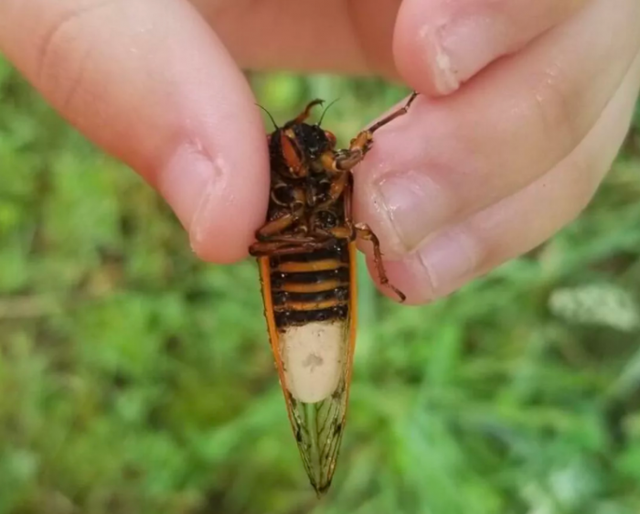
In the eastern united states there is a type of periodic cicada that has been dormant underground for 17 years. According to a study published in plos pathogens, there is a fungus called massospora that infests these periodic cicadas, and the fungal spores not only infest the back and abdomen of the cicadas, growing more fungal spores, but also on top of the genitals of these cicadas, and eventually these cicadas will courtship spread to other cicadas, allowing more cicadas to be infected by these fungi.
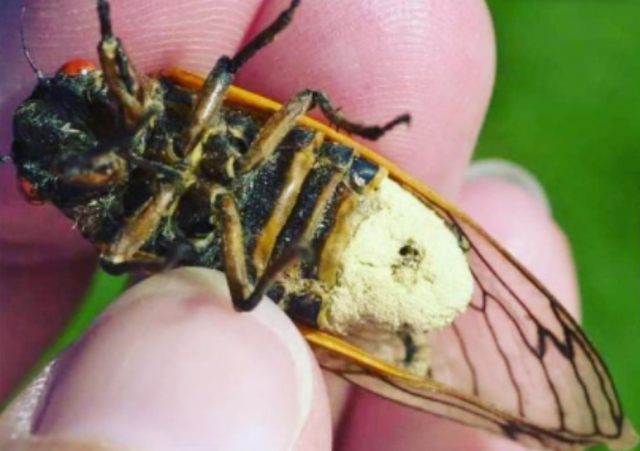
Once these cicadas are infected by the massospora fungus, their abdomens become completely albino, and eventually the entire abdomen dries right up and easily detaches from the cicada's body. Even if a third of the body detaches, these fungus-infected cicadas can still live a normal life and will continue to court and try to continue mating as if nothing has happened.
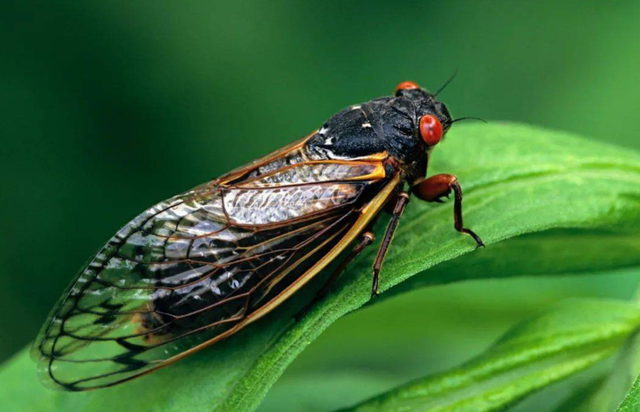
Some creatures on earth are really strange, like the aforementioned flies, even if the female flies have died, but under the "Manipulation" Of the fungus, they will still send some chemical signals to attract male flies to bond with them, and finally the male flies will be infected by the fungus. In this way, the fungus spreads indefinitely within the fly population.

